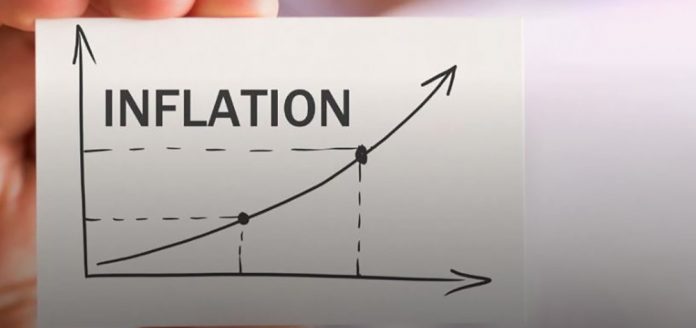CPI and WPI inflation in May shocked and surprised for three reasons: CPI skyrocketed and broke the RBI’s upper tolerance line CPI inflation was much higher than expected (actually: 6.3% , HSBC: 5, 5%, consensus: 5.4%). is above the upper tolerance limit of 6% of the RBI.
Core inflation was the main cause of the upside surprise, hitting 6.5% from 4.8% in April. And within the staple food basket, price pressures were general personal care, health, household items, leisure, clothing, and education. Fuel inflation was high, but as expected against higher oil prices, in oils, spices, vegetables, and fruits, and to a lesser extent in legumes and cereals; however, the recovery in food was broadly in line with expectations.
As higher raw material prices increased production costs and companies did not pass all price increases on to consumers. Indeed, corporate margins were under pressure. The tables changed in the May reading, there can be three reasons for this:
First, manufacturers are passing more cost pressure on consumers. While this may be marginally true, it may not be the whole story. In times of uncertain demand, companies may not be confident about passing on all price increases.
Second, logistics disruptions drive up interim costs. An important role given the uncertainties caused by local blockages. However, this higher CPI driver could go away if local locks are reduced.
Third, higher oil prices drive up transportation costs. Oil prices. Rural Inflation Outperformed Urban Inflation Rural inflation outperformed urban inflation in food, fuel, and basic materials, both year-on-year and sequentially.
At first glance, this seems strange. With the second wave of Covid spreading rapidly in the rural heartland, moderate demand and price pressures would be expected from rural India, but trade, transportation, and other logistical disruptions are likely to drive up rural interim costs. It can be argued that urban India is better able to cope with the new normal of the pandemic than rural areas, as the former went through these lockdowns in the last year while the latter were largely exempt.
CPI inflation will moderate and yet the May impression is reminiscent of how things can suddenly perk up again in FY22 if high vaccination rates drive consumer demand and rural Indians from the second wave with increased demand reappear after durable consumer goods such as two-wheelers, which make them feel safer in the face of repeated pandemic waves. Overall, we assume that the RBI will embark on a gradual normalization path from the 4th quarter of 2021.
Follow and connect with us on Facebook, LinkedIn & Twitter

